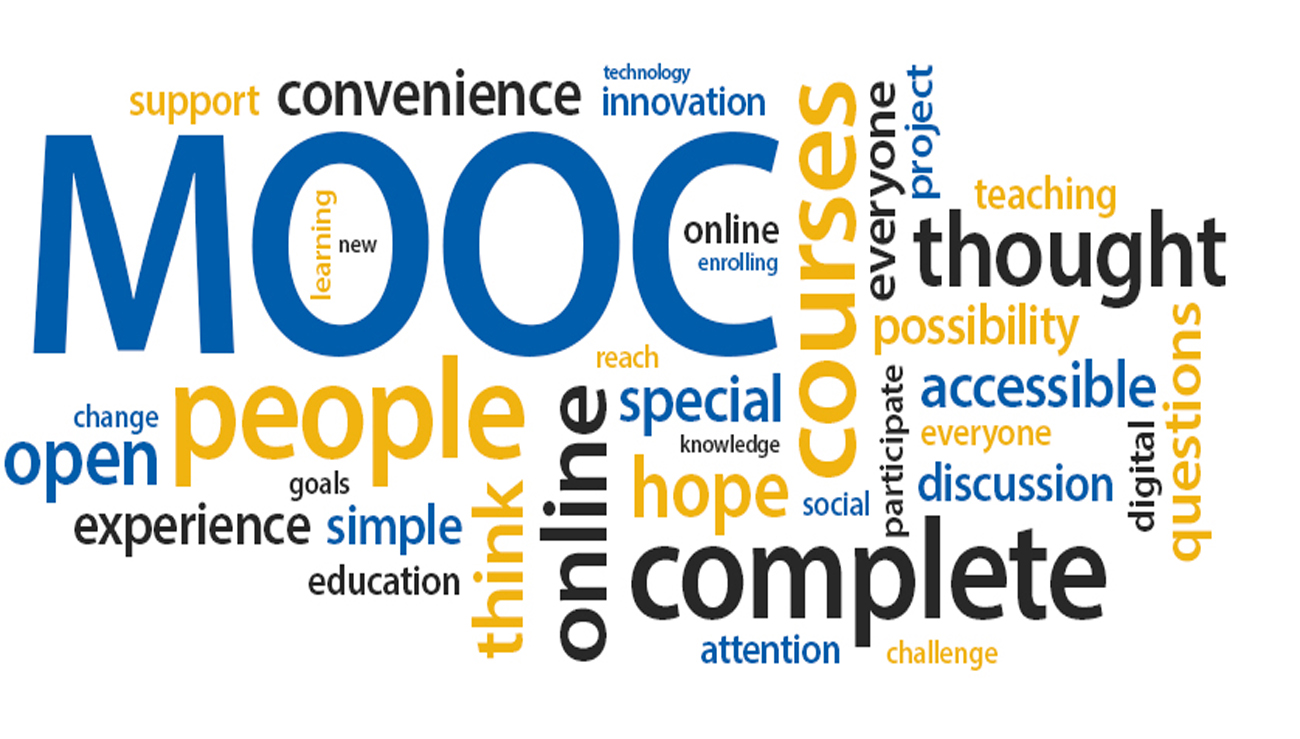
Marching Towards Access and Equity in Higher Education – An Exploration of Infinite Possibilities of MOOC
Abstract:
MOOCs (Massive Open Online Courses) are a relatively recent online learning model with infinite possibilities of offering freedom for access to higher education. The MOOC design depicts a future of openness in higher education. The evolution of MOOC based on the ideals that knowledge should be shared freely, and the urge to learn should be met without demographic, economic, and geographical constraints. In this framework, creative use of technologies makes a wide variety of open education provision. Along the movement towards open education, this new scenario opens up spaces for sharing thoughts, collaborating between institutions, educators and learners locally and internationally, and for expediting more meaningful teaching and learning process. In order to raise awareness of MOOCs and their implications for Higher Education sector in India, this paper synthesises features and characteristics of MOOCs and describes their potential as an innovation towards greater openness in Higher Education. Also, the paper tries to discuss possibilities and challenges to integrate MOOCs into higher education system of India.
Author(s):
DOI:
Keywords:
References:
Altbach, P. G., & Jayaram, N. (2010). Can India Garner The Demographic Dividend? The Hindu. Retrieved from http://www.thehindu.com/opinion/lead/article924112.ece?homepage=true
Bates, T. (2001). National strategies for e-learning in post-secondary education and training. Paris, International Institute for Educational Planning UNESCO. Retrieved from http://unesco.org
Belanger, V & Thornton, J. (2013). Bioelectricity: A Quantitative Approach Duke University’s First MOOC. Retrieved from http://dukespace.lib.duke.edu
Bureau of Planning Monitoring and Statistics, Ministry of Human Resource Development, Govt. of India. (2013). Educational Statistics at a Glance. Retrieved from http://mhrd.gov.in
Coursera. (2012). Coursera Hits One Million Students Across 196 Countries. Coursera Blog. Retrieved from http://blog.coursera.org/post/29062736760/coursera-hits-1-million-students-across-196-countries
Department of Higher Education, Ministry of Human Resource Development, Govt. of India. (2013). Annual Report 2012-13. Retrieved from http://mhrd.gov.in
Department of Higher Education, Ministry of Human Resource Development, Govt. of India. (2013). All India Survey on Higher Education 2010-11. Retrieved from http://mhrd.gov.in
Eduvisors. (2012). Annual Status of Higher Education of States and Union Territories in India, 2012: A Report presented to CII and Planning Commission, Government of India. Gurgaon: Eduvisors. Retrieved from http://eduvisors.com/dwnld_assets/pdf/summary_report_planning_commission_cii_and_eduvisors_report_on_annual_status_of_higher_education_in_india_%28ashe%29_20122.pdf
Garrison, D.R. (1999). Will distance education disappear in distance studies? A Reaction. Journal of Distance Education, 14(2), 10-13.
Nair, M. (2013). Moocs Click with Indians. The Times Of India. Retrieved from http://articles.timesofindia.indiatimes.com/2013-08-18/deep-focus/41422202_1_coursera-moocs-massive-open-online-courses
Nipper, S. (1989). Third generation distance learning and computer conferencing, in Mason R. and Kaye, A. (eds.), Mind weaves: Communication, Computers and Distance Education. Oxford: Pergamon Press, 63-73.
Sibal, K. (2010). 800 Varsities, 35,000 Colleges Needed In Next 10 Years. Current Affairs India. Retrieved from http://www.currentaffairsindia.co.in/education/800-varsities-35000-colleges-needed-in-next-10-years-sibal/
Sudarshan, A., & Subramanian, S. (2012). Private Sector’s Role in Indian Higher Education. India Infrastructure Report, 2012. New Delhi: Routledge. pp. 178-184
United Nations Development Programme. (2013). Human Development Report 2013. http://dx.doi.org/10.1111/j.1728-4457.2013.00624.x

